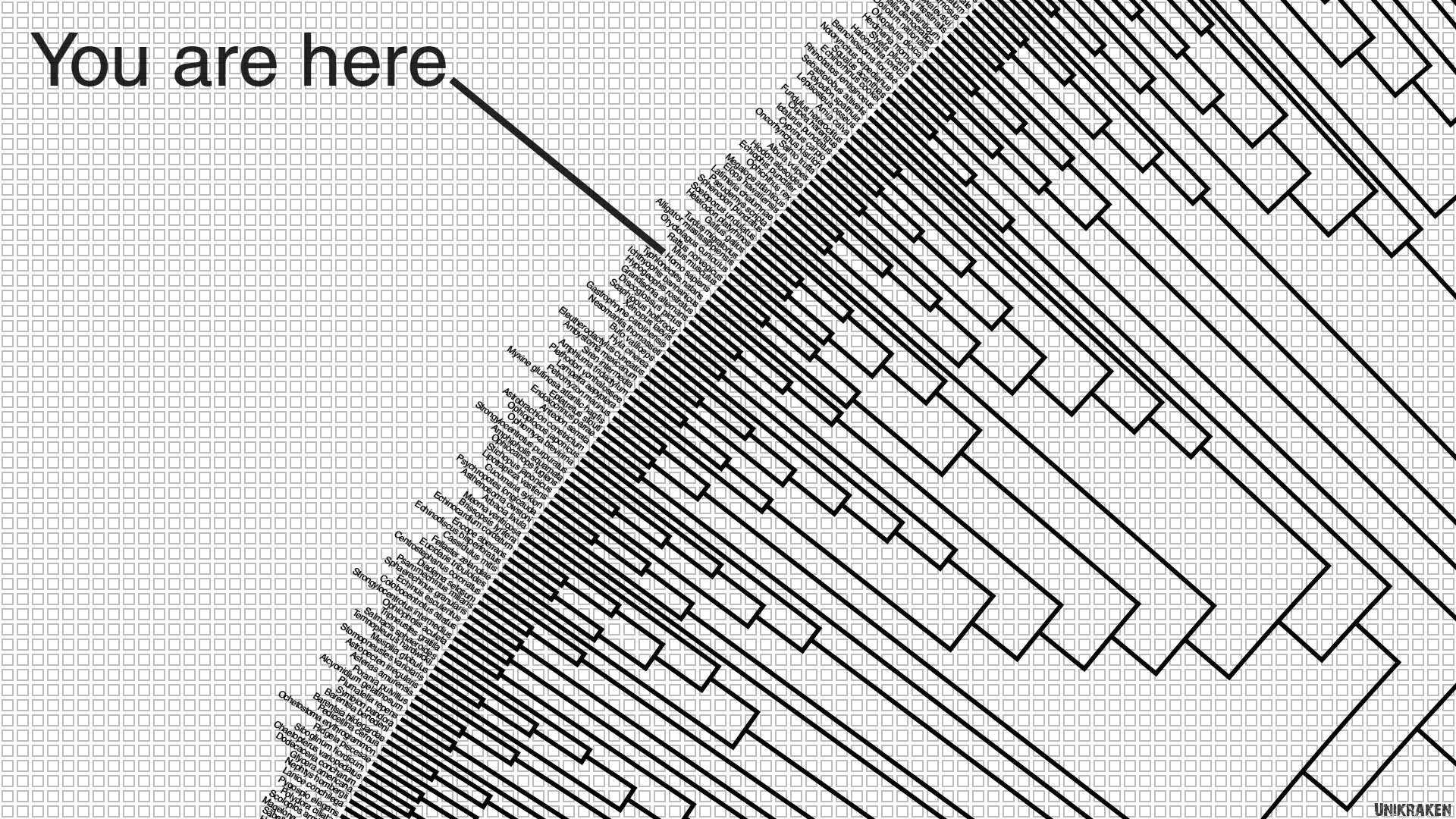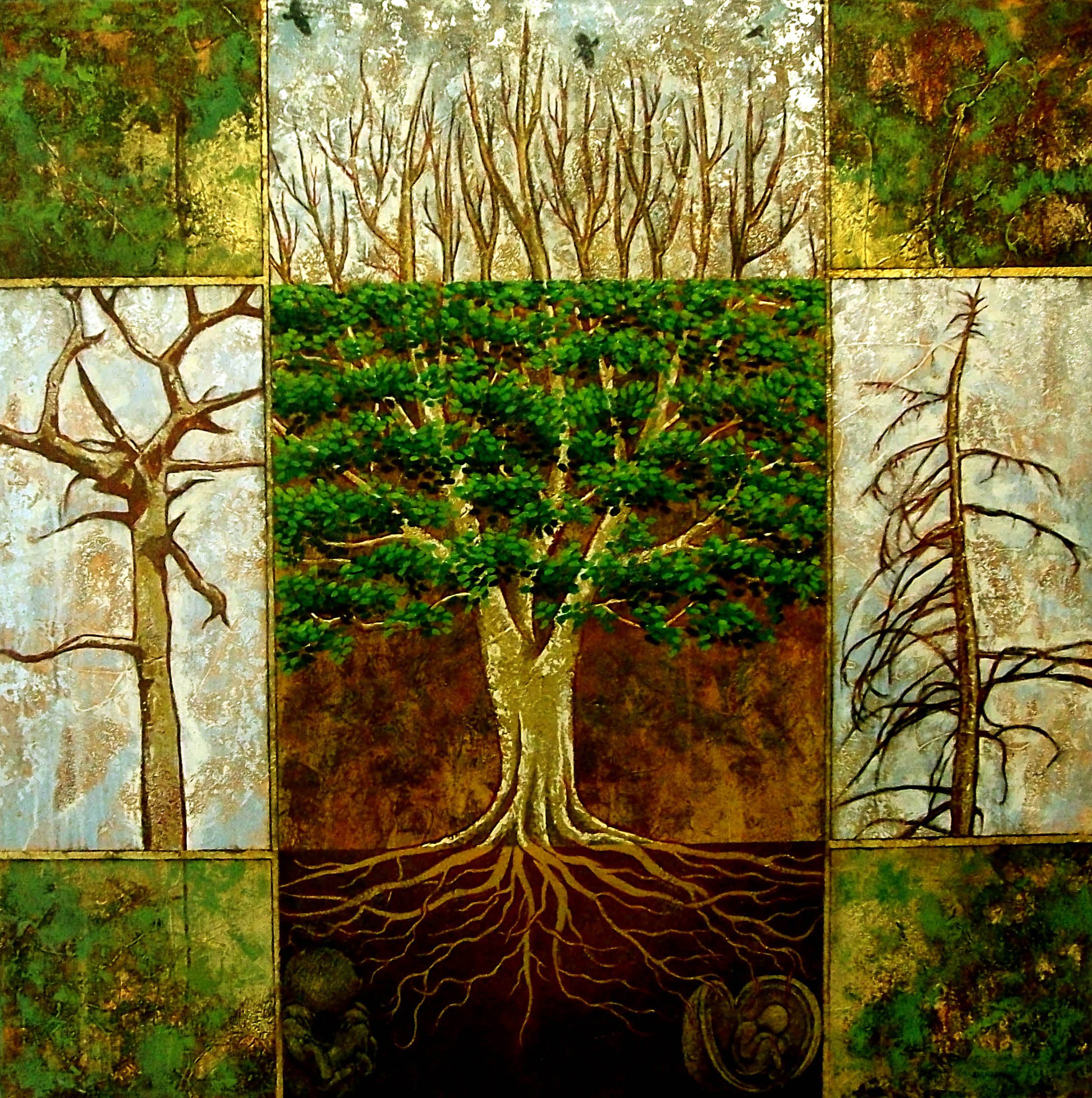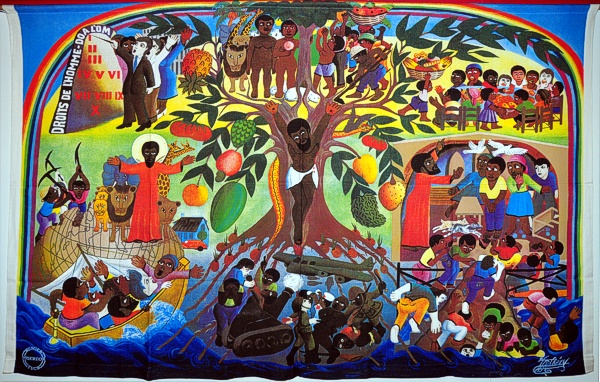Yves De Maeseneer
On the First Day of the Second Week of the Spiritual Exercises Saint Ignatius invites us to contemplate the mystery of the incarnation by imagining what it is like to look down at the world from God’s viewpoint. I was struck by the analogy between this exercise and the experience of astronaut Piers Sellers when he first saw our planet from outside. In one of the last months of his life, he gave a moving testimony in Before the Flood (2016). In this National Geographic documentary Leonardo di Caprio took as his point of departure a meditation upon Hieronymous Bosch’ Garden of Earthly Delights to discuss climate change. Imagining the disaster of an ecological hell and the call for change, di Caprio talks with major political and economic players, Pope Francis, voices from the Global South (Sunita Nairan and Farwiza Farhan) and scientists like Sellers:
“When you go up there and see it with your own eye, how thin the world's atmosphere is, tiny little onion skin around the earth. That's all the oxygen that we breathe, that's the CO2, everything we burn goes into it. It's an astonishingly fragile film. I knew intellectually how the earth's system works, because that's what I've been doing for 20 years. To see how the atmosphere and the ocean, all the elements in the system work together. So I understood it intellectually. But it's like being an ant trying to understand what an elephant looks like by crawling all over the elephant. But when you're up there in orbit, and you can see 1200 miles in any direction. It's kind of a revelation. Seeing all the cities at night, millions of people all working away, doing something. Come around the day side of the world, seeing the natural systems. The hurricanes, huge, great big wheels, over the oceans. Saw the Amazon River go between my feet. Just beautiful, all the way out to the sea. And there was the sun coming up over the Amazon, the whole forest waking up, and doing what it does every day. Breathing in and breathing out. So at the end of all that I became immensely fond, more fond of the planet. Which I never thought about when I actually just live on the surface. I'm also kind of fond of the people on there, too. It's like being taken away from your family and coming back. And I wish it all well. Just before Christmas I got told I got pancreatic cancer. … So that's really motivated me to think about what's important to do, and what can I contribute in the time I have left.”
“You know, the facts are crystal clear. The ice is melting, the earth is warming, the sea level is rising. Those are facts. Rather than feeling, oh my God it's hopeless, say, okay, this is the problem. Let's be realistic. Let's find a way out of it. And there are ways out of it. If we stopped burning fossil fuel right now, the planet would still keep warming for a little while before cooling off again. … So there really is a possibility to repair. I'm basically an optimistic kind of person. I have faith in people. I really do have faith in people. And I think that once people come out of the fog of confusion or an issue, or initial uncertainty on an issue, and realistically appreciate it at some level, the threat, and they're informed of what the best action is to deal with it, they got on and did it. And what seemed like almost impossible to deal with, became possible.” (Italics mine.)
PS: In the academic year 2017-2018, our blog will take a sabbatical rest, anticipating new horizons for Anthropos. We highly recommend that you have a look at the archive of our 2016 conference blog: Relation, Vulnerability, Love: Theological anthropology in the 21st Century, which offers an explorative multimedia view of what Anthropos has been about in its first six years of existence (est. 2010), introducing key players in contemporary theological anthropology.















